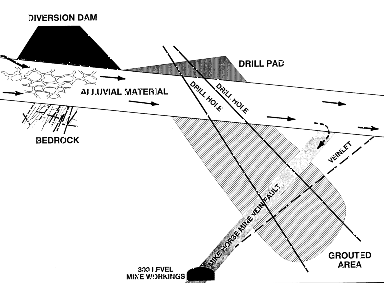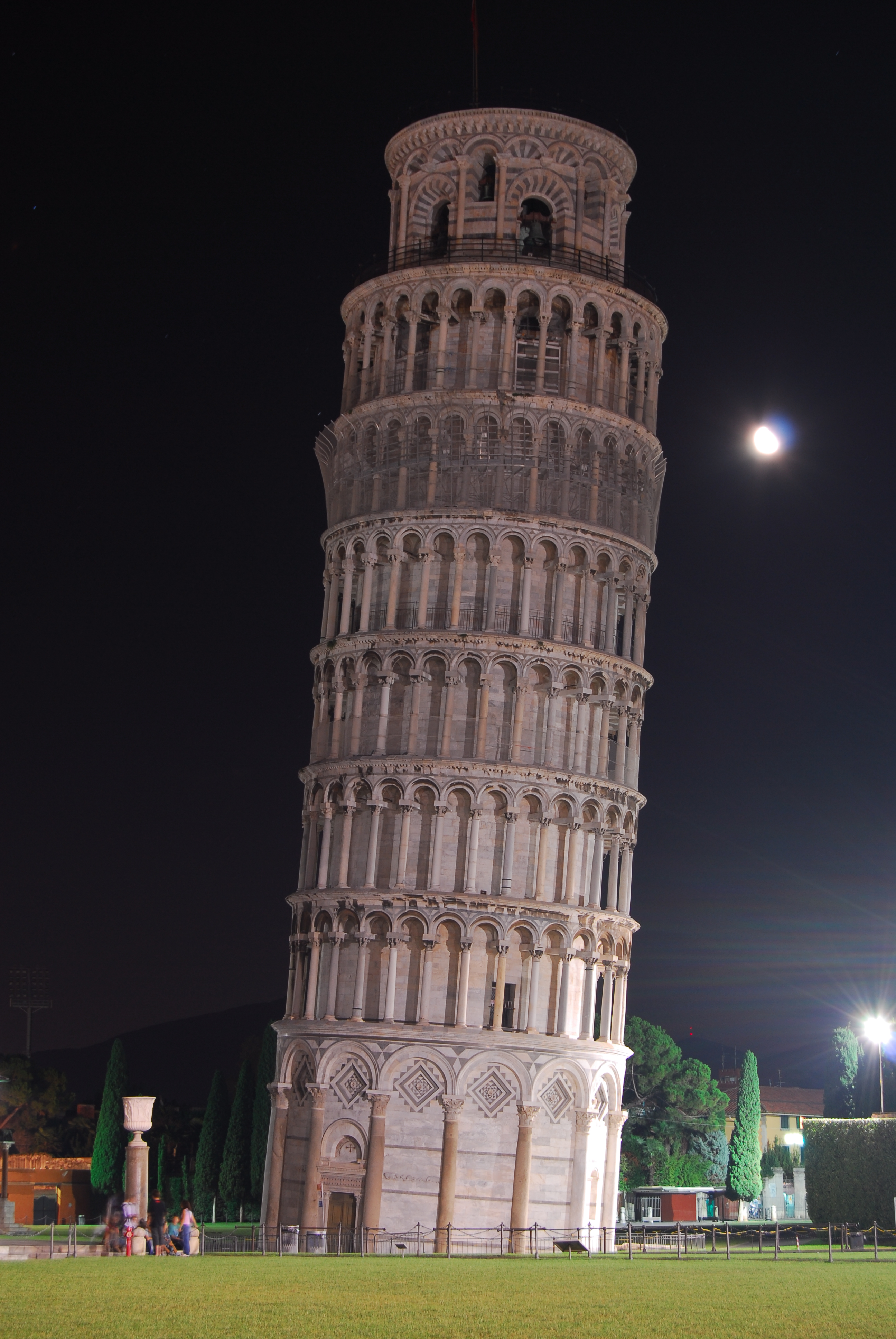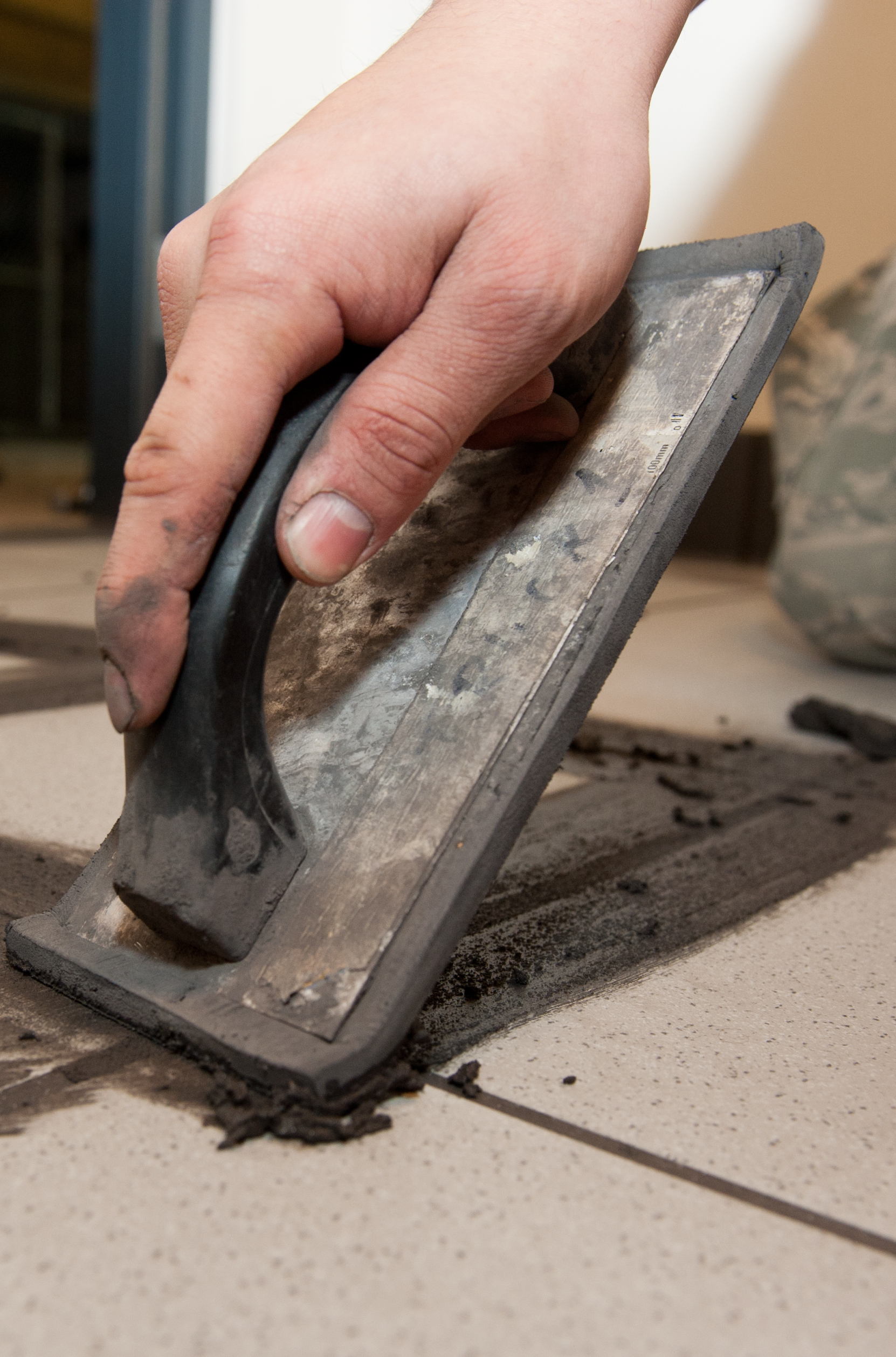|
Grout Curtain
A grout curtain is a barrier that protects the foundation of a dam from seepage and can be made during initial construction or during repair. Additionally, they can be used to strengthen foundations and contain spills. Characteristics A grout curtain usually consists of a row of vertically drilled holes filled with pressurized grout, a process commonly known as pressure grouting. The holes are drilled in intervals and in such a way that they cross each other, creating a curtain. Method Grout is injected with grouting jets, which use a high-pressure fluid stream (i.e., slurry or water) to erode a cavity in the soil. See also *Levee *Dam failure A dam failure or dam burst is a catastrophic type of structural failure characterized by the sudden, rapid, and uncontrolled release of impounded water or the likelihood of such an uncontrolled release. Between the years 2000 and 2009 more than ... References External linksCurtain Grouting the Georgetown Lighthouse [...More Info...] [...Related Items...] OR: [Wikipedia] [Google] [Baidu] |
Seepage
Soil mechanics is a branch of soil physics and applied mechanics that describes the behavior of soils. It differs from fluid mechanics and solid mechanics in the sense that soils consist of a heterogeneous mixture of fluids (usually air and water) and particles (usually clay, silt, sand, and gravel) but soil may also contain organic solids and other matter.Mitchell, J.K., and Soga, K. (2005) Fundamentals of soil behavior, Third edition, John Wiley and Sons, Inc., .Powrie, W., Spon Press, 2004, ''Soil Mechanics – 2nd ed'' A Guide to Soil Mechanics, Bolton, Malcolm, Macmillan Press, 1979. Along with rock mechanics, soil mechanics provides the theoretical basis for analysis in geotechnical engineering, a subdiscipline of civil engineering, and engineering geology, a subdiscipline of geology. Soil mechanics is used to analyze the deformations of and flow of fluids within natural and man-made structures that are supported on or made of soil, or structures that are buried in soil ... [...More Info...] [...Related Items...] OR: [Wikipedia] [Google] [Baidu] |
Grout
Grout is a dense fluid which hardens to fill gaps or used as reinforcement in existing structures. Grout is generally a mixture of water, cement and sand, and is employed in pressure grouting, embedding rebar in masonry walls, connecting sections of pre-cast concrete, filling voids, and sealing joints such as those between tiles. Common uses for grout in the household include filling in tiles of shower floors and kitchen tiles. It is often color tinted when it has to be kept visible and sometimes includes fine gravel when being used to fill large spaces (such as the cores of concrete blocks). Unlike other structural pastes such as plaster or joint compound, correctly mixed and applied grout forms a water resistant seal. Although both grout and its close relative mortar are applied as a thick emulsion and harden over time, grout is distinguished by its low viscosity and lack of lime (added to mortar for pliability); grout is thin so it flows readily into gaps, while mortar ... [...More Info...] [...Related Items...] OR: [Wikipedia] [Google] [Baidu] |
Pressure Grouting
Pressure grouting or jet grouting involves injecting a grout material into otherwise inaccessible but interconnected pore or void space of which neither the configuration or volume are known, and is often referred to simply as ''grouting''. The grout may be a cementitious, resinous, or solution chemical mixture. The greatest use of pressure grouting is to improve geomaterials (soil and rock). The purpose of grouting can be either to strengthen a formation or to reduce water flow through it. It is also used to correct faults in concrete and masonry Masonry is the building of structures from individual units, which are often laid in and bound together by mortar; the term ''masonry'' can also refer to the units themselves. The common materials of masonry construction are bricks, building ... structures. Since first usage in the 19th century, grouting has been performed on the foundation of virtually every one of the world's large dams, in order to reduce the amount o ... [...More Info...] [...Related Items...] OR: [Wikipedia] [Google] [Baidu] |
Levee
A levee (), dike (American English), dyke (Commonwealth English), embankment, floodbank, or stop bank is a structure that is usually earthen and that often runs parallel to the course of a river in its floodplain or along low-lying coastlines. The purpose of a levee is to keep the course of rivers from changing and to protect against flooding of the area adjoining the river or coast. Levees can be naturally occurring ridge structures that form next to the bank of a river, or be an artificially constructed fill or wall that regulates water levels. Ancient civilizations in the Indus Valley, ancient Egypt, Mesopotamia and China all built levees. Today, levees can be found around the world, and failures of levees due to erosion or other causes can be major disasters. Etymology Speakers of American English (notably in the Midwest and Deep South) use the word ''levee'', from the French word (from the feminine past participle of the French verb , 'to raise'). It originated ... [...More Info...] [...Related Items...] OR: [Wikipedia] [Google] [Baidu] |
Dam Failure
A dam failure or dam burst is a catastrophic type of structural failure characterized by the sudden, rapid, and uncontrolled release of impounded water or the likelihood of such an uncontrolled release. Between the years 2000 and 2009 more than 200 notable dam failures happened worldwide. A dam is a barrier across flowing water that obstructs, that directs or slows down the flow, often creating a reservoir, lake or impoundments. Most dams have a section called a ''spillway or weir'' over or through which water flows, either intermittently or continuously, and some have hydroelectric power generation systems installed. Dams are considered "installations containing dangerous forces" under International humanitarian law due to the massive impact of a possible destruction on the civilian population and the environment. Dam failures are comparatively rare, but can cause immense damage and loss of life when they occur. In 1975 the failure of the Banqiao Reservoir Dam and other dams i ... [...More Info...] [...Related Items...] OR: [Wikipedia] [Google] [Baidu] |



.jpg)
_Teton_Dam_Flood_-_Newdale.jpg)